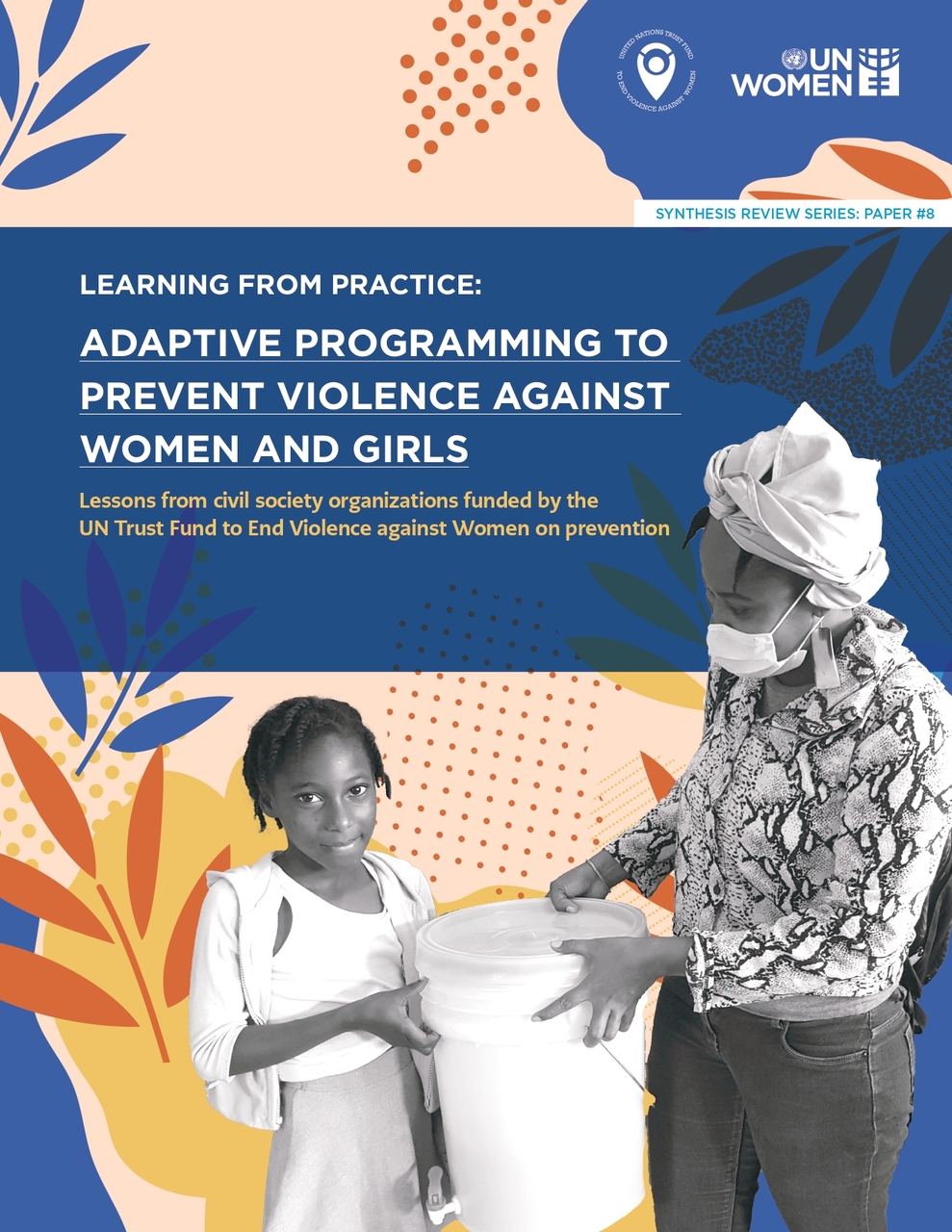
Learning from practice: Adaptive programming to prevent violence against women and girls

Women’s rights organizations (WROs) and civil society organizations (CSOs) regularly face changing environments and sociopolitical challenges; they also work with funders and partners who operate distinct bureaucracies. They often engage with marginalized communities, who can be particularly threatened by natural disasters, conflicts, economic shocks and other forms of crises. The uncertain and context-specific nature of social change means that programmes to prevent violence against women and girls (VAWG) must work in adaptive ways. Yet, there is a lack of documentation on how VAWG prevention programming is adapted in practice, especially outside humanitarian settings; the focus is often on the adaptation of evidence-based prevention models. More attention to the factors that build the adaptive capacities of organizations, especially WROs and CSOs, implementing VAWG prevention programming is warranted.
This synthesis review draws out some cross-cutting best practices, challenges and lessons from nine diverse civil society organizations that had to adapt their projects to internal change (i.e. in staff capacity and the engagement of participants) and external crises (e.g. climate change and the COVID-19 pandemic). Drawing on the experiences of nine civil society organizations in different countries and territories, the review:
- showcases the unique contributions of different types and sizes of organizations, from small locally based youth groups to large international human rights organizations;
- highlights diverse forms, objectives, durations, intensities and participants of trainings for VAWG prevention in different social contexts; and
- provides practical tips and recommendations for those adapting their prevention interventions, i.e. for practitioners, researchers and for donors.
This review is part of a Prevention Series.